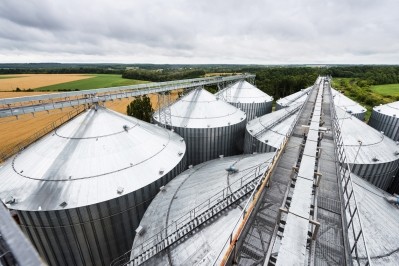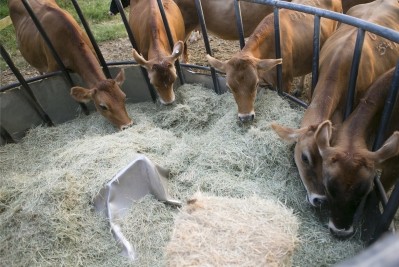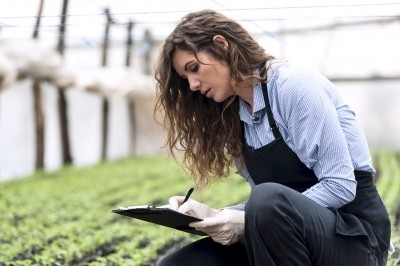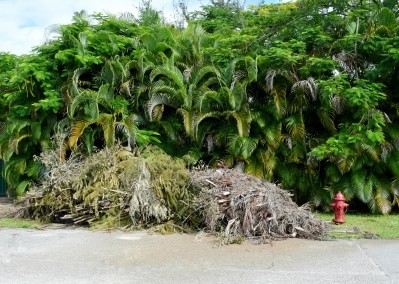Californian research yields cattle feed from rice straw
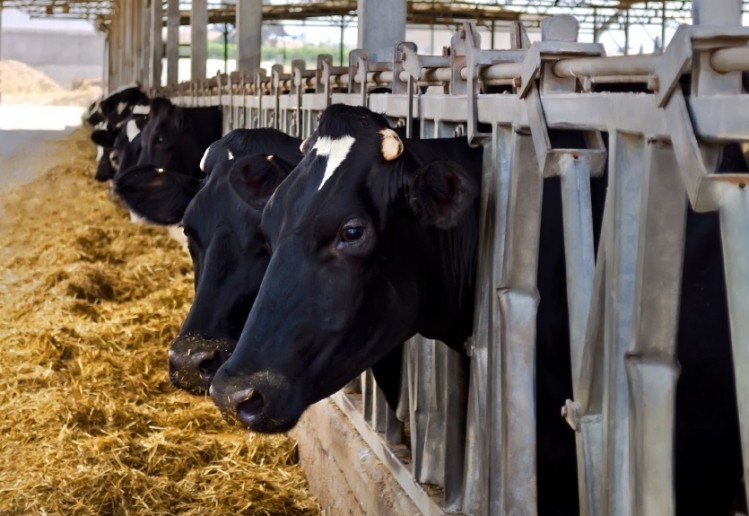
Rice growers in California have plenty of the straw laying around after harvest now that the industry has stopped burning because of air quality concerns. Some are making it into ‘strawlage’, a moist 2-7% protein feed that UC Cooperative Extension scientists say is on a par with a low quality hay.
According to Glenn Nader, livestock and natural resources advisor with the UC Cooperative Extension, the market for this feed is so new that a price point hasn’t yet been established.
Going cheap...at $40 a tonne
“Some growers are just happy to get the straw off their hands whilst others are trying to make some money off it. $40 per tonne will probably be the base price,” he told FeedNavigator.
On the face of it this may seem incredibly cheap, considering that hay prices are high at around $200 per tonne, but Nader said “Producers have to run the equation as to whether it makes sense to pay more for a 10% moisture hay or less for a hay with a 45-65% moisture content. They don’t want to pay a lot of money for water.”
The researchers have been investigating the possibility of converting rice straw into strawlage for about 15 years, but it is only very recently that they have come up with solutions to issues such as mould formation and nutritional loss over time.
Mould control
Strawlage is the process of putting up forage under high (45-65%) moearchers came up against was the loss of forage ng digestibility 200 per tonne, but Nader said isture, thus preventing the drying that causes a significant loss in digestibility. One of the first problems the researchers faced was controlling the mould that goes hand in hand with high moisture baling.
“We were getting 23-28lb a day consumption, but then after 40 days, cattle quit consuming because of the white moulds. We knew that if we could deal with that mould we could get to 100 days,” said Nader.
The researchers found tighter bales coupled with the application of urea and UN32 to be the best method of controlling mould.
A second challenge has been improving the nutritional value and digestibility of the strawlage over time.
“We spent about five years trying to figure out what was happening during the drying process - why was there such a difference in digestibility between wet and dry straw?” said Nader.
Lessons from the Japanese
The researchers have found answers to some of their questions in Japan, where farmers are producing ‘rice balage’ with a 55-65% moisture level.
“The energy value seems to be similar to medium quality grass hay and livestock producers are wanting to harvest and feed more of the rice balage. The feed is used for heifers, dry cows and lactating cows as a local, lower cost forage than imported forages from Australia or the USA,” said Nader.
The Japanese success is partly down to the dual strategy of changing the pH at the point of baling using buffered organic acids, making it hard for moulds to reproduce, and boosting energy levels via inoculants.
“In Japan they are using two different strains of bacteria to enhance the nutritional quality of silage through bacterial inoculation,” said Nader.
Whilst at present the findings of the University of California Cooperative Extension are only being applied by local rice growers, word of their work is spreading.
“We have had contacts from rice growers in Australia and Portugal, and are looking forward to extending this work out,” said Nader.
The main beneficiaries of the research, however, are likely to remain those in rice growing areas, for reasons explained by Nader: “Because of the high moisture content, strawlage will be expensive to transport, so it will be for producers who have livestock in the vicinity of rice fields.”
